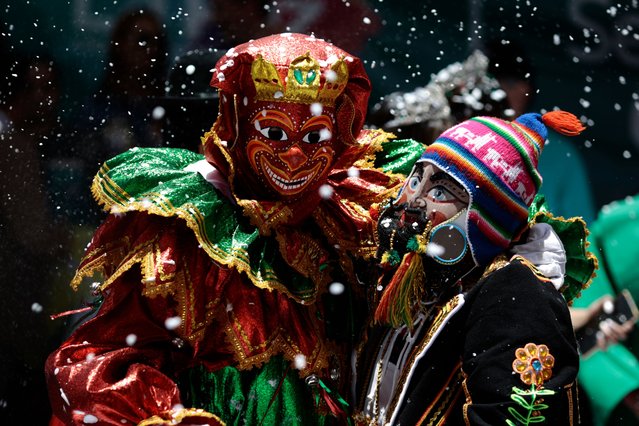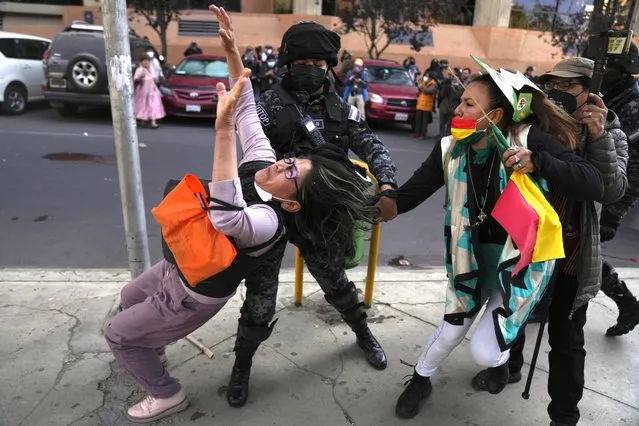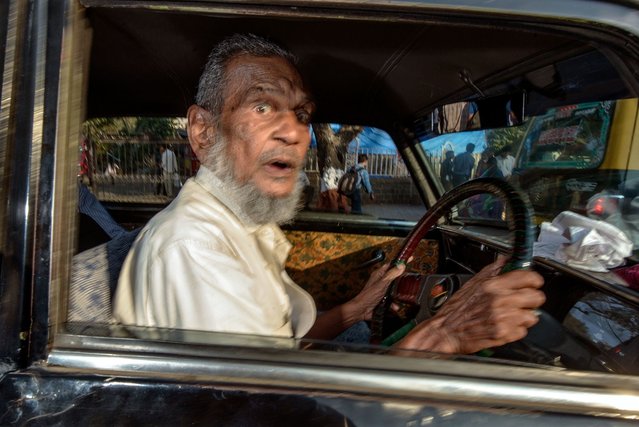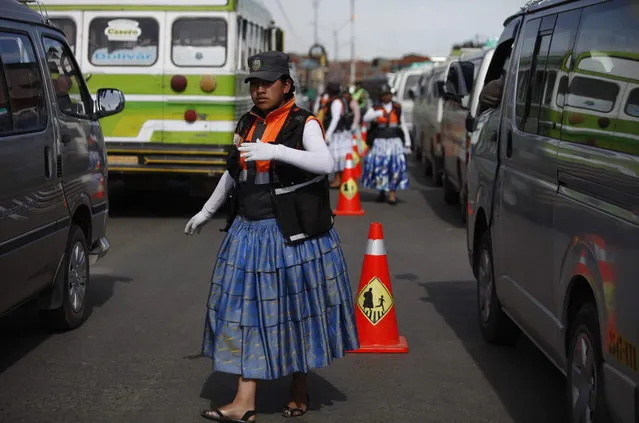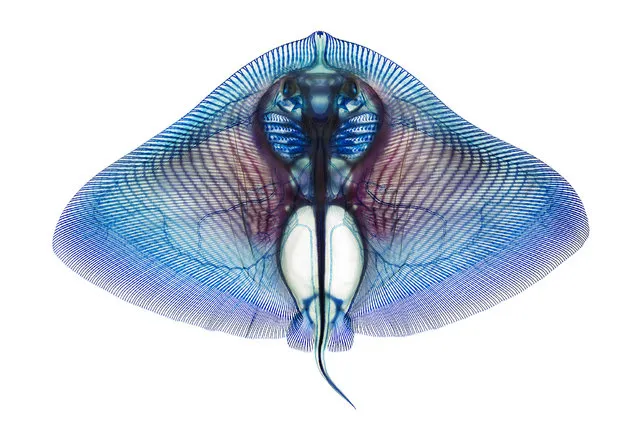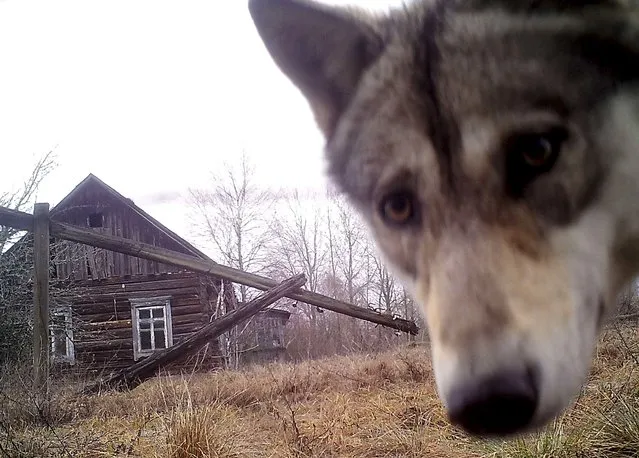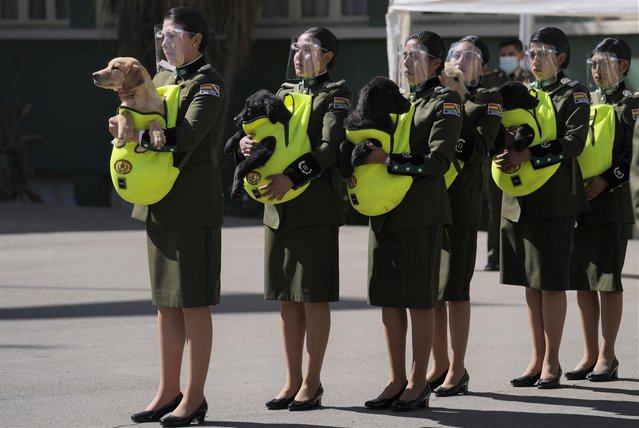
Police officers introduce a litter of golden retriever puppies to be trained as police dogs during a ceremony at the National Police Academy in La Paz, Bolivia, Monday, August 16, 2021, the date of the feast day for Saint Roch, considered the patron saint of dogs, among other things. (Photo by Juan Karita/AP Photo)
21 Apr 2022 06:13:00,post received
0 comments

